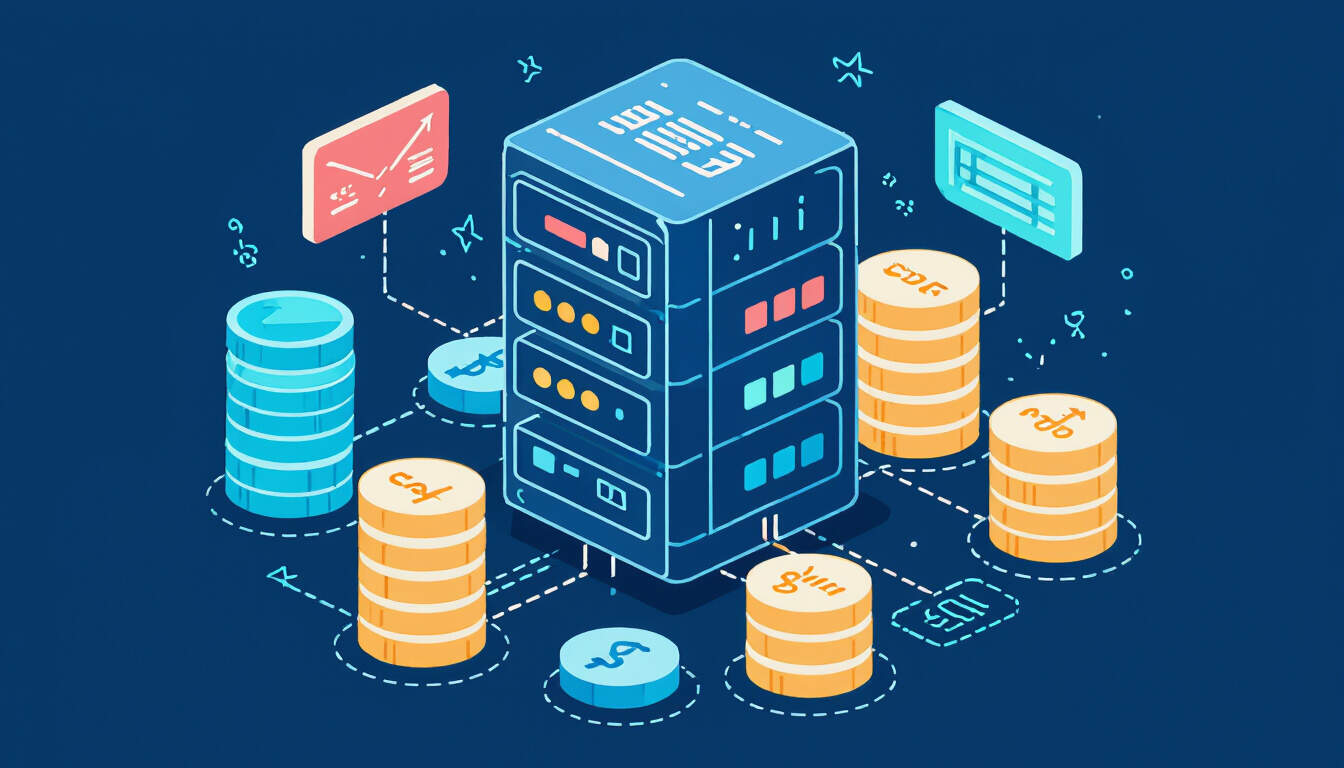Best Practices for Database Indexing in Solo SaaS
 by Verner Mayer
by Verner Mayer
Explore essential strategies for optimizing database indexing to enhance performance in solo SaaS projects. Learn how effective indexing speeds up queries and supports scalable applications for developers working alone.

Database indexing plays a key role in managing data efficiently, especially for solo developers building SaaS applications. In solo SaaS setups, where resources are limited, optimizing database indexing can make a significant difference in application speed.
One fundamental aspect is choosing the right type of index. For instance, primary indexes work well for unique identifiers, while secondary indexes help with frequent searches. This approach ensures that queries run faster without overwhelming the system.
In SaaS architecture, performance is crucial. Proper indexing reduces the time needed to retrieve data, allowing solo entrepreneurs to handle more users. Consider a simple user management system; adding an index on the email field can speed up login processes.
To implement best practices, start with analyzing query patterns. Identify fields that are queried often and apply indexes there. For example, in a SaaS app tracking subscriptions, indexing the subscription status field helps fetch active users quickly.
Another practice involves avoiding over-indexing. Too many indexes can slow down write operations, such as inserts or updates. In a solo setup, balance is key to maintain efficiency.
Real-world examples show the impact. A developer building a note-taking app noticed slower searches as user data grew. By adding a B-tree index on the search field, response times improved dramatically, making the app more reliable.
Steps for Effective Indexing
Follow these steps to integrate indexing into your SaaS project:
- Review your database schema and list common queries.
- Select appropriate index types based on data types; for instance, use hash indexes for equality checks.
- Test the indexes using sample data to measure performance gains.
- Monitor the database regularly for any bottlenecks caused by indexes.
- Adjust as needed, perhaps by dropping unused indexes to free up space.
In practice, tools like SQL analyzers can assist. They provide insights into query execution plans, helping developers refine their index strategies.
For solo SaaS developers, indexing also aids in scalability. As your application grows, well-planned indexes prevent the need for major overhauls. Take a basic e-commerce SaaS; indexing product categories allows for quick filtering, enhancing user experience.
Common pitfalls include indexing every column, which wastes resources. Instead, focus on high-impact areas. In a project managing customer data, indexing only the most queried fields keeps operations smooth.
Optimizing for Different Databases
Different databases offer unique indexing options. In PostgreSQL, for example, you can use partial indexes for subsets of data. This is ideal for SaaS apps with filtered queries.
In MySQL, composite indexes combine multiple columns, useful for queries involving several conditions. By understanding these options, solo developers can tailor their approach to specific needs.
Maintaining indexes is equally important. Regular rebuilding or reorganizing can prevent fragmentation, ensuring consistent performance. For a SaaS tool handling analytics, this maintenance keeps data access efficient over time.
Through these practices, developers can build more responsive applications. Remember, the goal is to support growth without added complexity.
In summary, applying thoughtful indexing techniques leads to better SaaS outcomes. By focusing on practical implementation and learning from examples, solo entrepreneurs can achieve optimal results.
